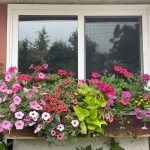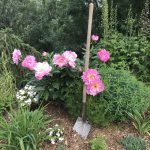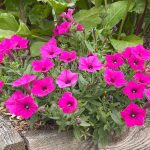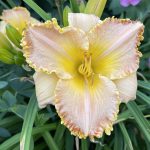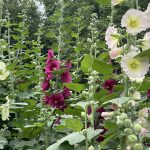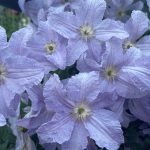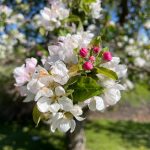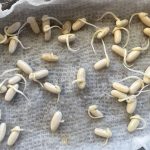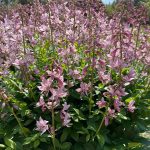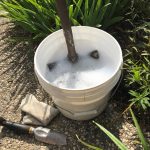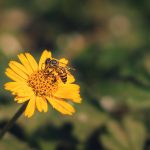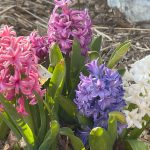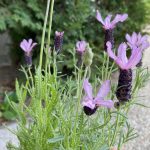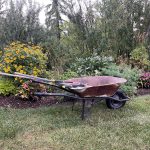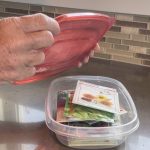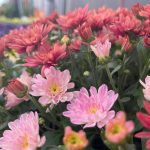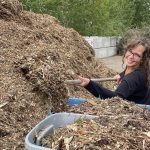Growing fragrant flowers can be difficult as you want to grow the best smelling flowers for your garden that are complementary. Flowers have always been a part of the human experience that makes the heart, mind, and soul feel better. And fragrant flowers take that sensory experience to the next level.
Find out more about why fragrant flowers matter, how flowers produce fragrance, why there are different flower scents, and identify which fragrant flowers will make your garden unforgettable.
Why Fragrant Flowers Matter
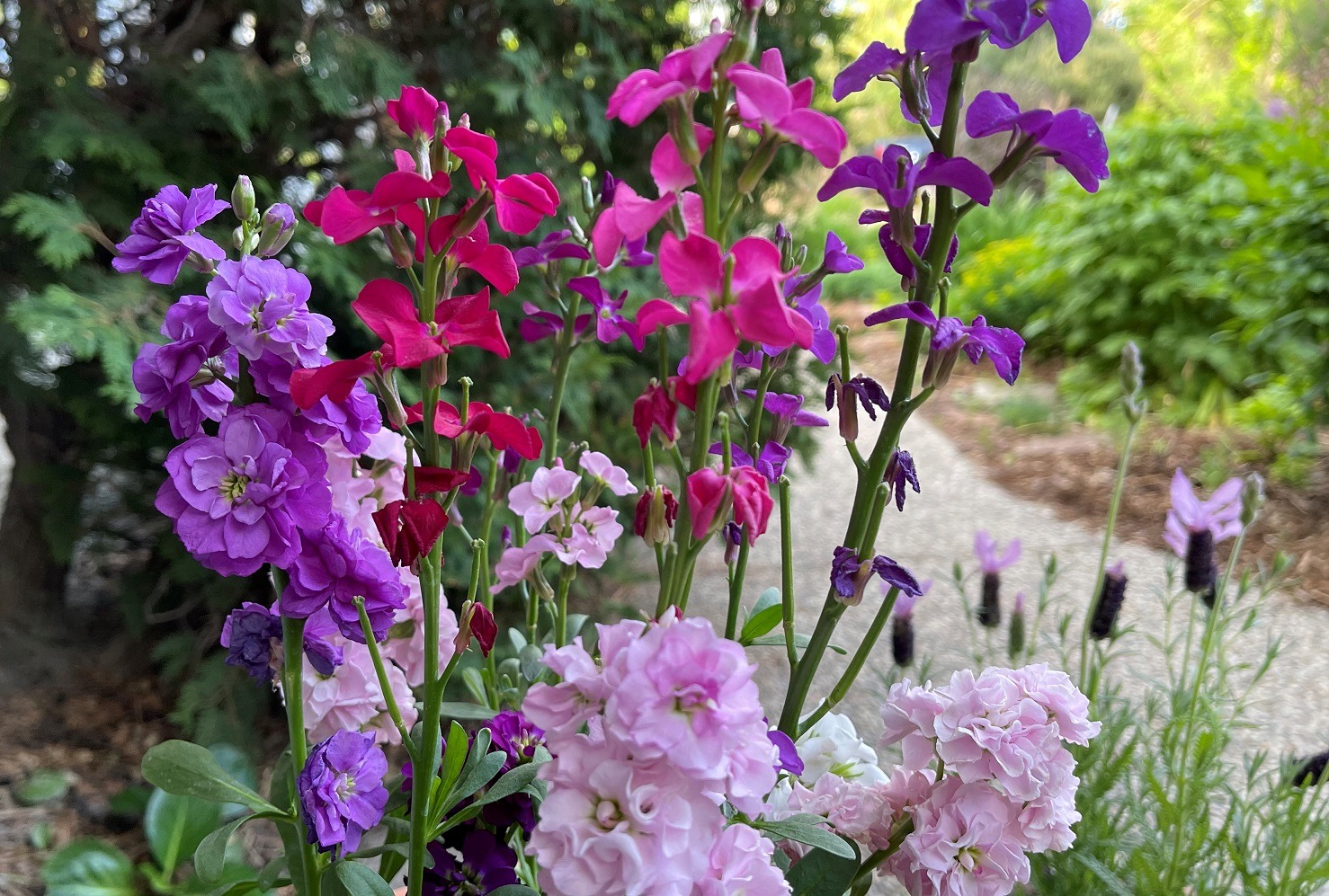
Fragrance is an integral part of flower biology, and there are a few reasons why flowers are fragrant.
Flowers Produce Fragrance for Pollen Transfer
The most obvious reason for flowers to produce scent is to attract insects and animals for pollination and reproduction. Pollination is the transfer of pollen from their stamen to their stigma, and then seeds develop in the ovary. An easy way to think of pollen is as sperm. Pollen is to plants as sperm is to humans. It gets the whole process of reproduction started.
There is a mutually beneficial symbiotic relationship between pollinators and plants. Plants produce oils and fragrances to attract pollinators like bees and butterflies. Plants are pollinated, ensuring the continued proliferation of the species, and the pollinators, in turn, get pollen and nectar for food. Nectar is a source of sugar or glucose, and pollen is a source of protein.
Each plant and flower produces its own unique scent to support its pollination. Some pollinators are attracted to a wide range of floral aromas, but some pollinators are incredibly discriminating.
As flowers peak in maturity, so does their smell. Newly opened flowers have less fragrance than mature flowers. Pollinated mature flowers reduce their scent in quantity and quality, allowing other unpollinated flowers with a more powerful odor to attract the available pollinators.
In the world of pollination, colour and fragrance work together. Pollinators are attracted to both colour and scent. When it is windy and the smell is untraceable, colour becomes the main attractor. When the flowers are hidden in overgrown areas, scent becomes the primary method of attracting pollinators.
Flowers exhibit a circadian rhythm with their fragrances. Some flowers smell during the day. For example, Snapdragons are pollinated by insects that are out and about during the day, so they release odor during the daytime. Other flowers are fragrant at night. Night-scented flowers tend to be intensely fragrant to attract their pollinators, like moths and bats, from a long distance, and example is Evening Scented Stocks.
Flowers Produce Fragrance for Protection
Just as flowers use attractive, pleasant scents to lure pollinators, plants use offensive, foul smells to fend off predators. The same compounds involved in scent production are also a part of UV protection, disease-causing organisms, and protection from predators.
Salvia is a strong-smelling plant, having a prominent scent coming from the leaves and stems. This smell is repelling and offensive to most animals.
Plants Communicate Through Scent
Flowers connect through fragrance transfer to signal danger related to plant eaters (herbivores) or the threat of disease in the area. In response, plants produce more of their foul-smelling odors or decrease the production of sweet-smelling scents.
In a University of Zurich Article called, When Enemies Come to Help, Anina Knauer and Florian Schiestl, professors at the Department of Systematic and Evolutionary Botany at the University of Zurich, studied the interaction of crab spiders and buckler-mustard. Their research showed that when flower-eating predators came near, the yellow flower would produce more scents to attract the crab spiders to fend off the threat. You can read the article here.
How Flowers Produce Fragrance
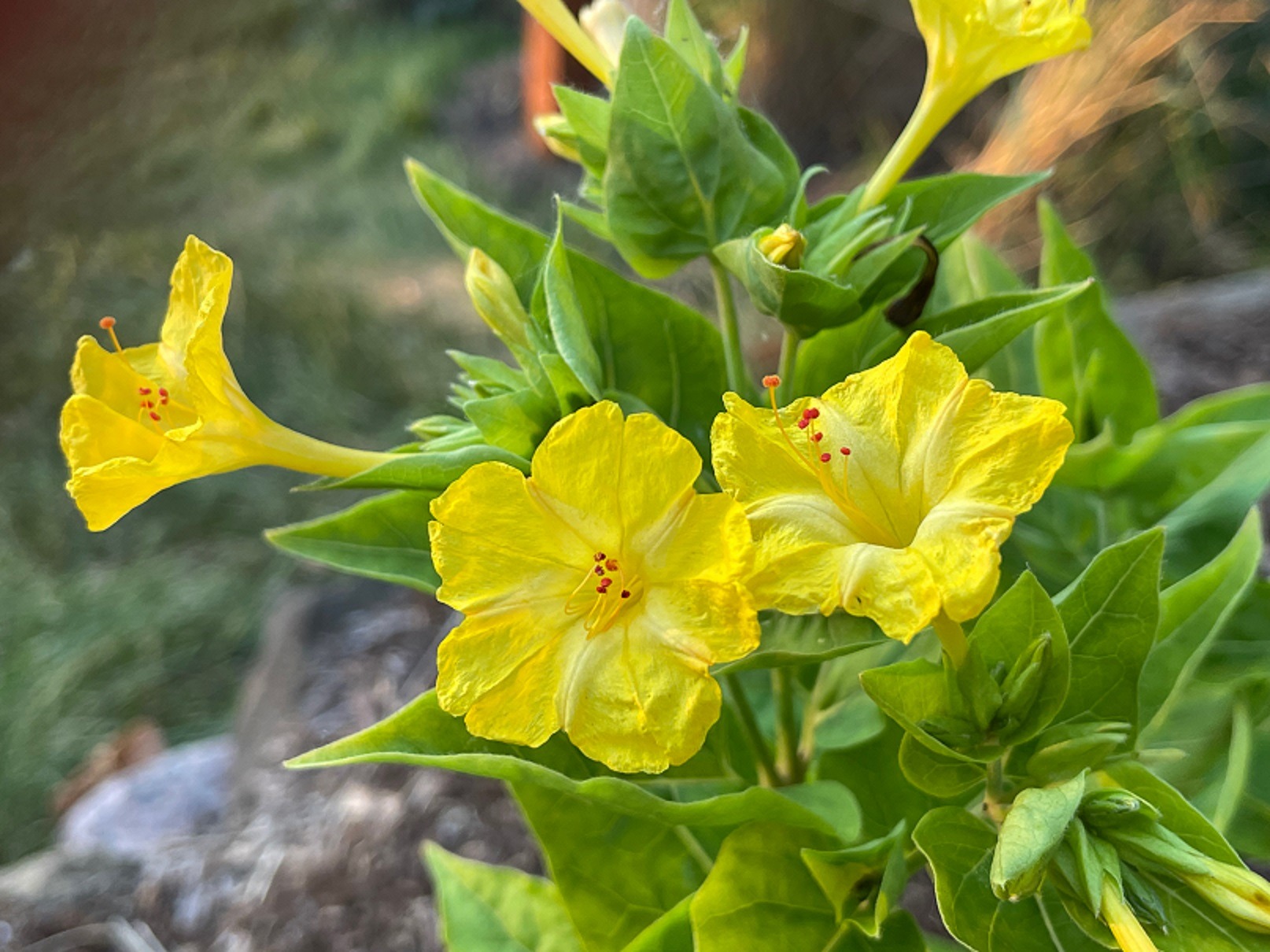
The pathways through which flowers produce fragrance are very complex. Fragrances are complex compounds produced within plant cells composed of complicated combinations of chemicals called volatile oils. Essential oils are another name for volatile oils.
Volatile oils have chemical ingredients like alcohols, esters, ethers, and ketones, that vaporize rapidly in the air when they are discharged from the cell, releasing the smell characteristic of the plant or flower.
Each plant or flower produces its own unique scent. Plant scents can come from pollen, flower petals, leaves, stems, pistils, roots, and bark. These oil combinations can incorporate hundreds of different chemicals, like Orchids, but they can also be simple, like Petunias and Snapdragons, which have only 7-10 compounds. How this happens is determined by the plant’s genetics.
Plant cells release their essential oils in a couple of different ways:
- Volatile oils evaporate into the air when cell walls are broken. The smell of a freshly mowed lawn or the scent of crushed oregano leaves results from crushed plant cell walls.
- Essential oils, like fragrances from flower petals, are moved out of intact cells through a cellular active transport system. Active transport is a complicated process where the oils are pumped across the cell membrane, through the cell wall, and then passed through the cuticle. The leaf cuticle is a protective layer over the leaf surface. Cuticles vary in width. Some cuticles are thin, and others are thick and waxy.
Fragrances are detected by our nose receptors that send the impulses to the olfactory bulb, which sorts them and sends messages throughout our body. Scents, memory, and emotions are closely linked to each other.
Different Flowers Produce Different Flower Scents
As mentioned earlier, each flower and plant produces its own unique smell. Humans are most attracted to sweet, flowery scents. Bees and butterflies are attracted to sweet scents, too.
Besides sweet scents, plants produce other fragrance qualities like spicy, citrusy, musky, and musty. Flies and beetles are drawn to fruity, musty scents.
A group of flowers called ‘Carrion flowers’ produce odors that imitate rotting meat to attract dung beetles and other insects that would normally feed on decomposing flesh. They get into the flower and fertilize it by spreading pollen around.
Different flower fragrances are about attracting suitable pollinators. Some pollinators are very particular in their feeding or pollinating requirements, and others are not.
Different Pollinators and the Scents that Attract Them
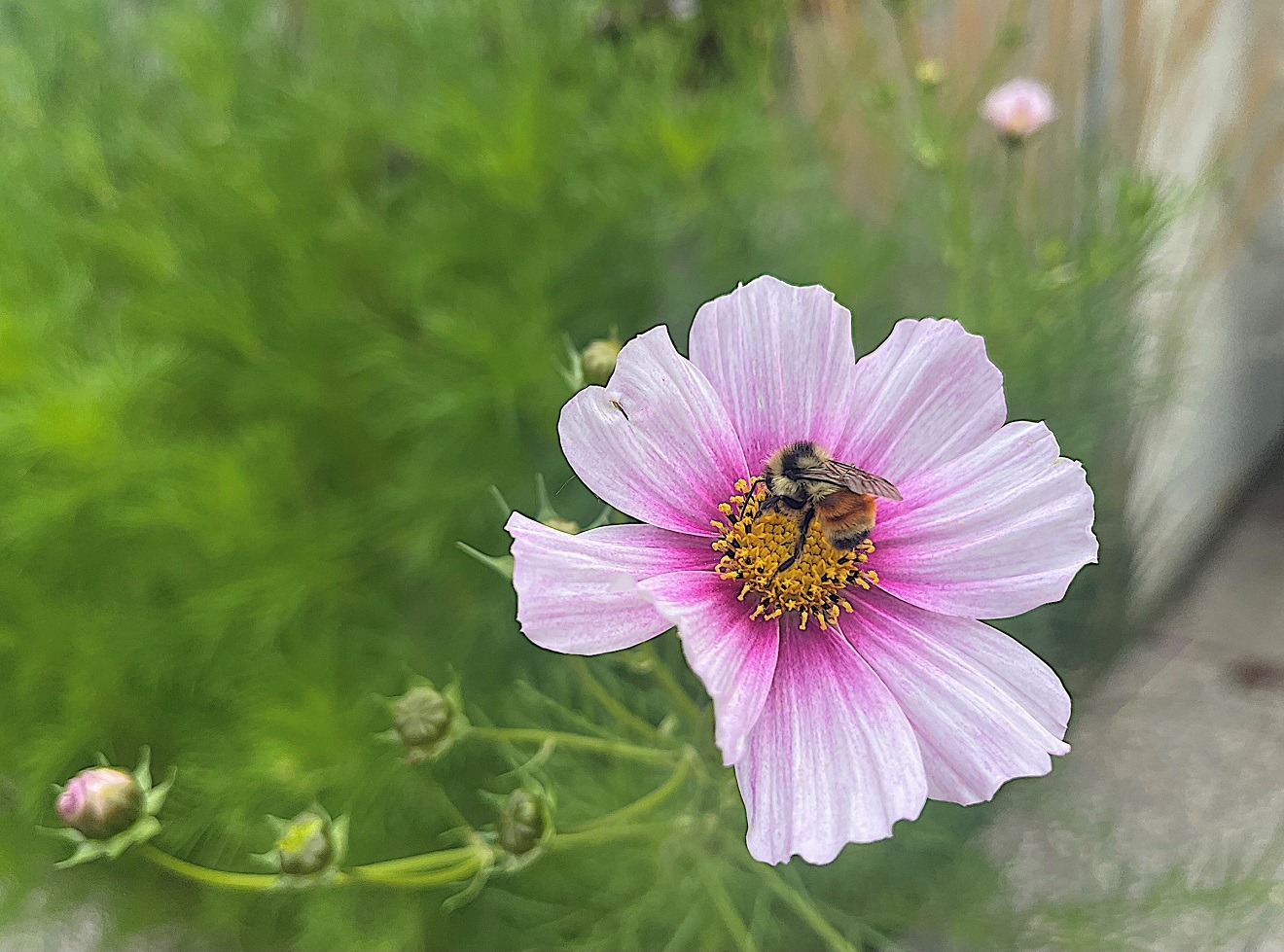
Bees
Bees are attracted to mildly sweet-smelling flowers in the yellow and blue spectrum. They feed on flowers with open shapes and trumpet shapes. Some of their favourites are Alcea (Hollyhocks), Alyssum, Heliotrope, Lophospermum, Petunias, and Snapdragons.
Ladybugs
Ladybugs like sweet smelling flowers that have an open, daisy-like shape. You will see ladybugs cruising on Alyssum, Calendula, Cosmos, and Daisies.
Butterflies
Butterflies are a little myopic and are attracted to bright colours in shades of red, orange, pink, and yellow. Butterflies prefer flowers that have umbrella-type shapes with light fragrances. They love Asclepias (Butterfly Weed) and Fall Blooming Sedums.
Flies
Flies prefer flowers that smell like composting materials. They are attracted to Asters, Aruncus (Goatsbeard), and flowers from the Apiaceae family with hollow stems and tap roots like Anise, Fennel, Dill, and Queen Anne’s Lace.
Wasps
Even though wasps are carnivores, they still need a source of sugar and water. That’s why you see wasps show up to picnics as they zone in on sweet beverages and fruit. In the natural world, nectar provides these nutrients. Wasps are attracted to unusual flower scents like flies, with flowers in the same Apiaceae family being their main attractants. Fennel, Queen Anne’s Lace, Achillea (Yarrow), and Spearmint are some of their favourite flowers.
Hummingbirds
Interestingly, Hummingbirds are attracted to the nectar of scentless or very mild smelling flowers. Hummingbirds take their cues more by flower colour and shape. Hummingbirds hone in on tube shaped, brightly coloured red or orange blossoms that can be easily seen from a distance.
The Best Fragrant Flowers to Make your Garden Smell Amazing

Now, let’s talk about how to get fragrance into the garden. Being a lover of fragrant flowers, I say: Plant great smelling flowers everywhere!
Fragrant flowers can grow along walkways, near sitting areas, in hanging baskets, in raised beds, in planted containers, and near open windows. I always plant Evening Scented flowers next to my bedroom window. It’s just the best experience to be lying in bed on a summer night and smell their sweet and spicy scent wafting through the windows. No garden should be without them!
Plan a growing space around the knowledge that Annuals bloom all summer and Perennials have a season of bloom. Organize your garden to have spring, summer, and fall blooming fragrant perennials to have scent in your garden all season long.
The following is a list of the best smelling flowers to grow in your garden. The list is separated into Annuals and Perennials that will work well in gardens in a zone 3 or 4 horticultural growing area.
As you will note, most highly scented flowers grow in full to partial sun. Each flower has a brief description of the scent, keeping in mind that different noses interpret fragrances differently. This list is further divided into day or night fragrant flowers.
The Best Smelling Annuals for Sun
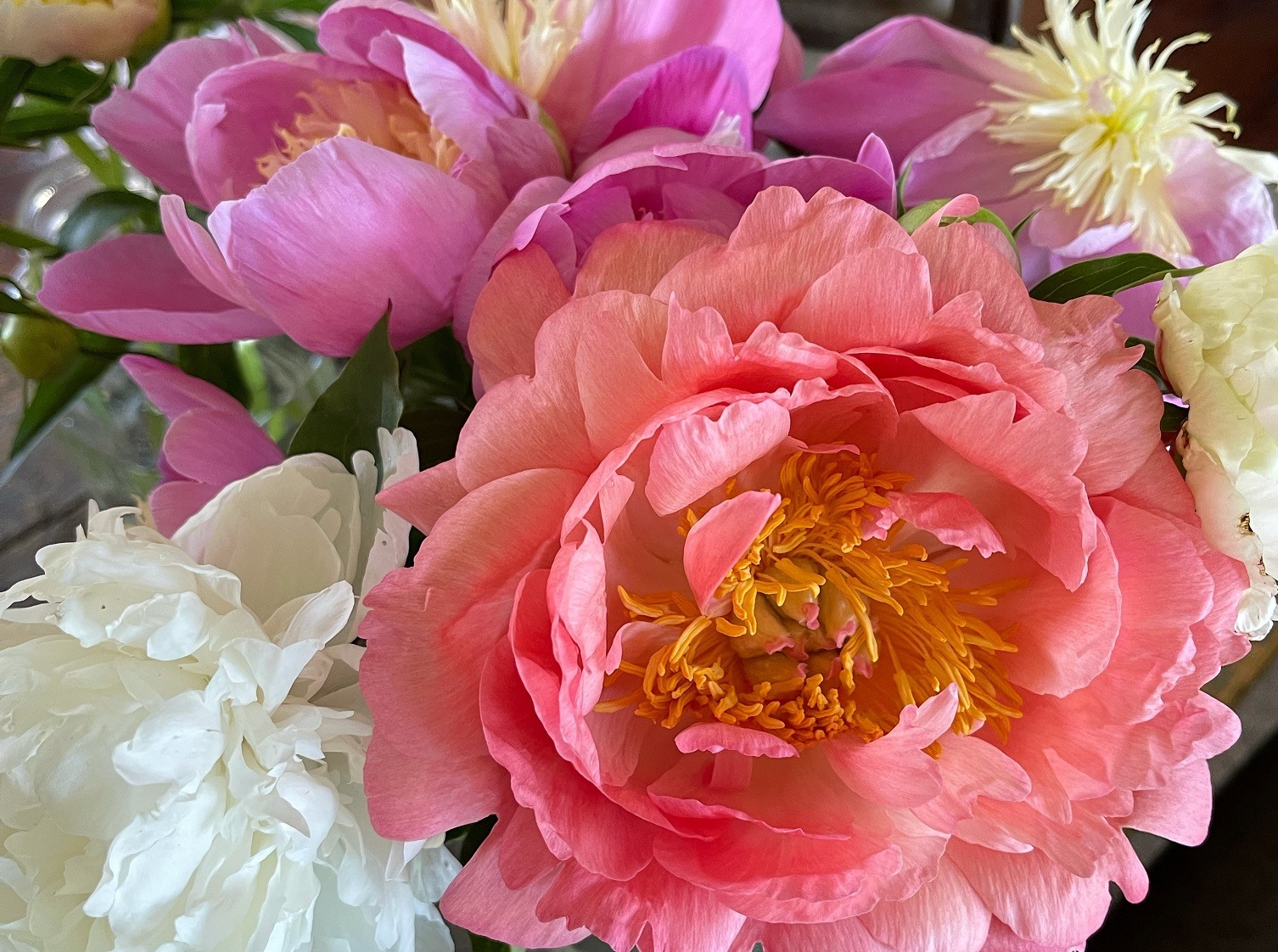
Day Fragrant Annuals:
- Alyssum – sweet and floral, honey notes
- Citronella Geranium – lemony
- Heliotrope – vanilla notes
- Snapdragons – light and fruity
- Stocks – spicy and sweet
- Sweet Peas – sweet and flowery, with hints to orange blossoms, rose, and hyacinth
Night Fragrant Annuals:
- Datura – sweet, honeysuckle scent
- Evening Scented Stocks (Mirabilis) – spicy and sweet
- Mirabilis (Four O’Clocks) – sweet and fruity
- Nicotiana – sweet with jasmine notes
Other Fragrant Annuals: Carnations, Dianthus, Geraniums, Marigolds, Pansies, Petunias, Stocks, Viola
Fragrant Herbs: Most herbs are very aromatic, including Anise (Licorice Mint), Basil, Chives, Dill, Lavender, Lemon Grass, Mint, Oregano, Rosemary, Thyme
The Best Smelling Perennials for Sun:
Day Fragrant Perennials: attract bees and butterflies
- Convallaria (Lily of the Valley) – sweet and fresh
- Dianthus – spicy
- Dictamnus (Gas Plant) – citrusy
- Iris (German Bearded & Dwarf) – fruity and sweet
- Monarda (Bee Balm, Bergamot) – minty with hints of oregano and thyme
- Peony – can be citrusy, rosy, or spicy in tone
Other Fragrant Perennials: Artemisia (Wormwood), Daylilies, Garden Phlox, LA Hybrid Lilies, Lonicera (Honeysuckle), Nepeta (Catmint) Oriental Lilies, Pervoskia (Russian Sage), Phlox, Salvia, Scabiosa, Tiarella
The Best Fragrant Trees & Shrubs: Flowering Crabs, Lilacs, Hydrangeas, Mayday trees, Mock Orange, Roses, Saskatoons
Related: 5+ Ways to Create a Thriving and Pollinator-Safe Garden
Related: How to Grow Great Lilacs in Zone 3: Fragrance, Beauty & So Much More
Are you Ready to Have the Best Smelling Garden in Town?
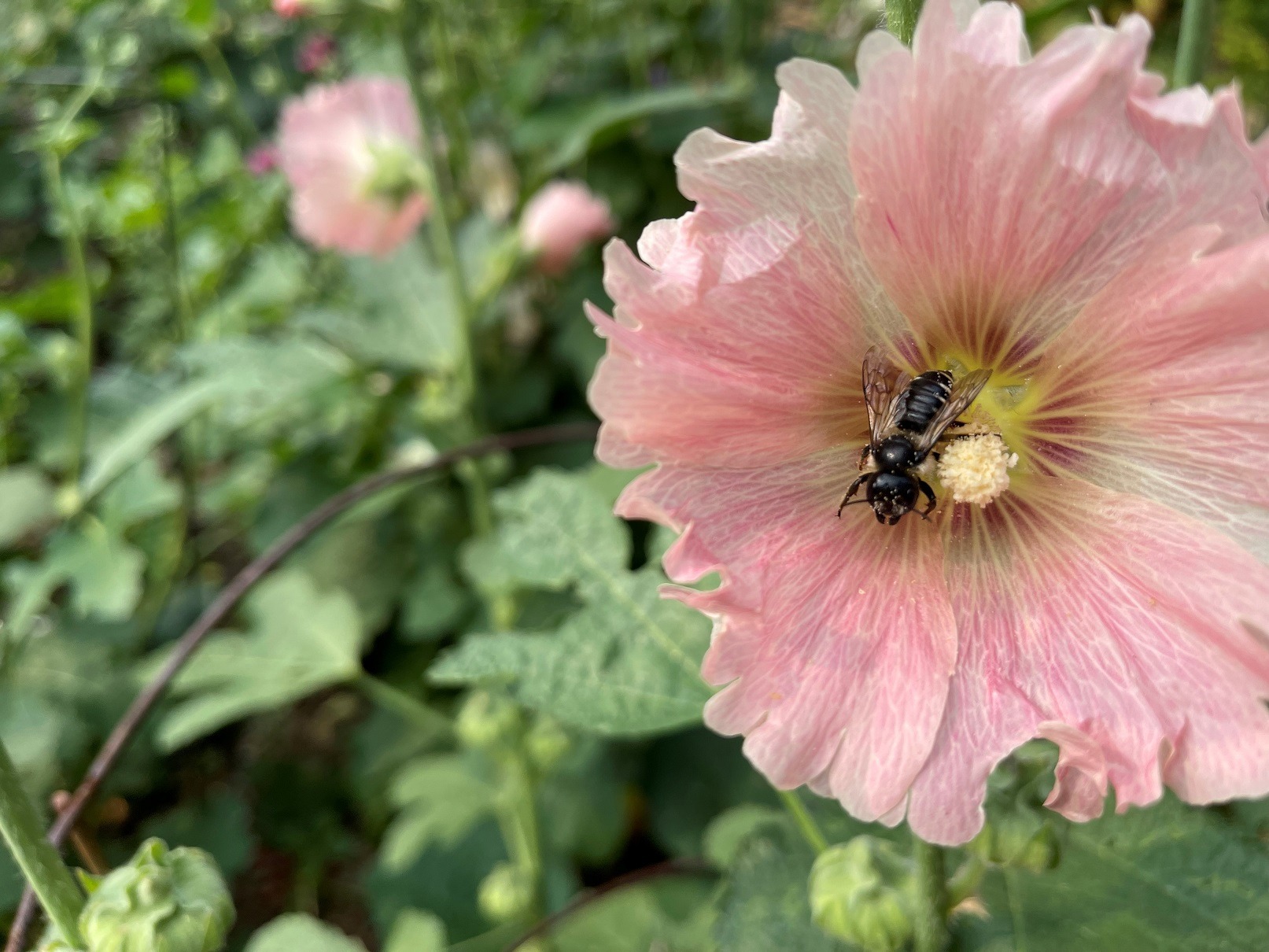
Fragrant flowers bring flower gardens and vegetable gardens to the next level. Not only do scented flowers make a garden deliciously fragrant, but they will also attract pollinators to make it more productive.
And the best smelling flowers are good for human health too.
Combine ever-flowering annuals with seasonally flowering perennials, trees, and shrubs to create the perfect, multisensory garden. When you choose the best smelling flowers for your garden, not only do you create an oasis for you to enjoy, but ensure that your entire garden will prosper by attracting helpful pollinators!
©Sharon Wallish Murphy ©Gardening with Sharon



